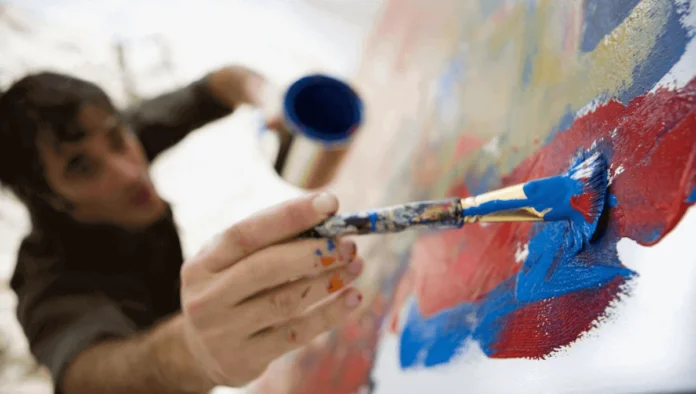Welcome to the world of staining painting! If you’re looking to enhance your painting skills and create beautiful, long-lasting finishes, you’ve come to the right place. In this comprehensive guide, we will delve into the art of staining painting, providing you with expert tips and techniques to help you master this craft.
The Basics of Staining Painting
Staining painting is a versatile and rewarding technique that can be applied to various surfaces, from wood to concrete. Before we dive into the advanced techniques, let’s start with the basics.
Choosing the Right Stain
Selecting the appropriate stain is crucial for achieving the desired results. Water-based stains are eco-friendly and dry quickly, while oil-based stains offer a rich, deep finish. Make sure to consider your project’s requirements when choosing a stain.
Preparing the Surface
Proper preparation is the key to a successful staining project. Clean the surface thoroughly, remove any existing finishes, and sand it to ensure a smooth, even application.
Applying the Stain
Use a quality brush, rag, or sponge to apply the stain evenly. Always follow the grain of the wood or the surface you are staining. Apply multiple coats for a deeper finish, allowing each coat to dry between applications.
Sealing the Finish
To protect your stained surface, apply a clear sealant. This will enhance durability and longevity, ensuring your masterpiece remains intact for years to come.
Mastering the Art of Staining Painting: Tips and Techniques
Now that you have a grasp of the basics, let’s explore advanced techniques to master the art of staining painting.
Blending Colors
Achieving a unique and visually stunning finish often involves blending colors. Experiment with different stains, creating gradients and transitions that add depth and character to your projects.
Distressing for a Vintage Look
If you’re aiming for a rustic or vintage appearance, distressing is the technique to master. Use sandpaper or other distressing tools to create an aged, weathered effect on your stained surface.
Faux Wood Grain
Want to mimic the look of real wood? Learn the art of creating faux wood grain patterns. This technique involves using special brushes or combs to create realistic wood-like textures on surfaces like furniture or cabinets.
Stenciling and Artwork
Staining painting allows for artistic expression. Consider using stencils or freehand techniques to add artwork and intricate designs to your stained surfaces.
Maintenance and Restoration
To truly master staining painting, you should also be knowledgeable about maintenance and restoration. Over time, stained surfaces may require touch-ups or refinishing. Learn how to maintain the beauty of your projects for years to come.
FAQs
How long does it take for a stain to dry completely?
The drying time depends on the type of stain and environmental conditions. Generally, water-based stains dry within a few hours, while oil-based stains may take up to 24 hours.
Can I stain over an existing finish?
It’s not recommended to stain over an existing finish. For the best results, remove the old finish and apply the stain to the bare surface.
What’s the difference between semi-transparent and solid stains?
Semi-transparent stains allow the wood’s natural grain to show through, while solid stains provide complete coverage and a more uniform color.
Is staining painting suitable for outdoor projects?
Yes, staining painting is excellent for outdoor projects, such as decks and fences. Just make sure to choose a stain that offers UV protection.
Can I stain over painted surfaces?
Staining over paint is possible, but it requires thorough surface preparation and choosing the right stain to ensure adhesion.
How can I fix imperfections in a stained surface?
To fix imperfections, sand the stained surface lightly and apply a new coat of stain. Ensure it matches the surrounding area for a seamless finish.
Conclusion
Mastering the art of staining painting is a creative and fulfilling journey. With the right techniques, you can transform ordinary surfaces into works of art. Whether you’re a seasoned painter or a beginner, these tips and insights will help you achieve remarkable results. So, go ahead and explore the world of staining painting, and let your creativity shine.

